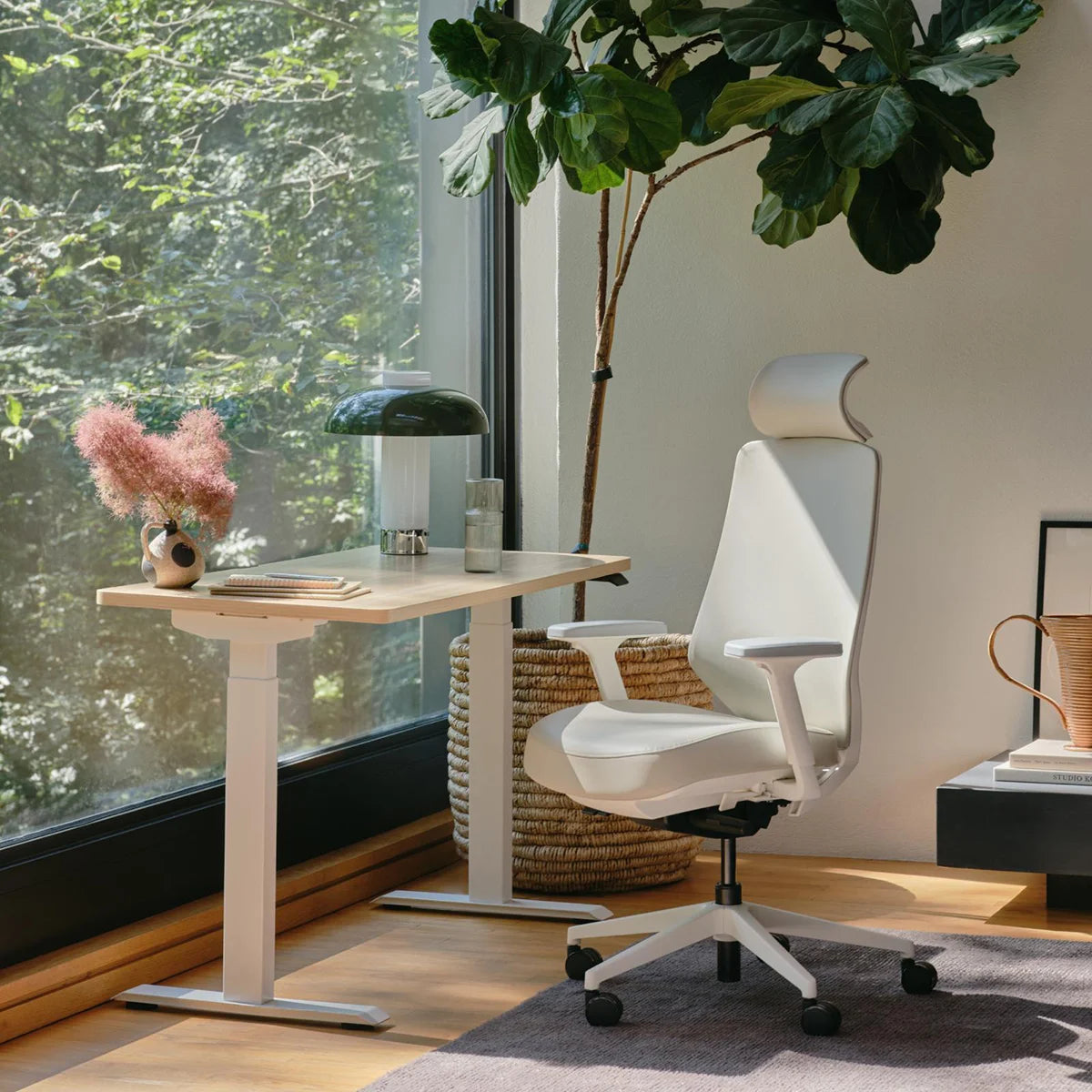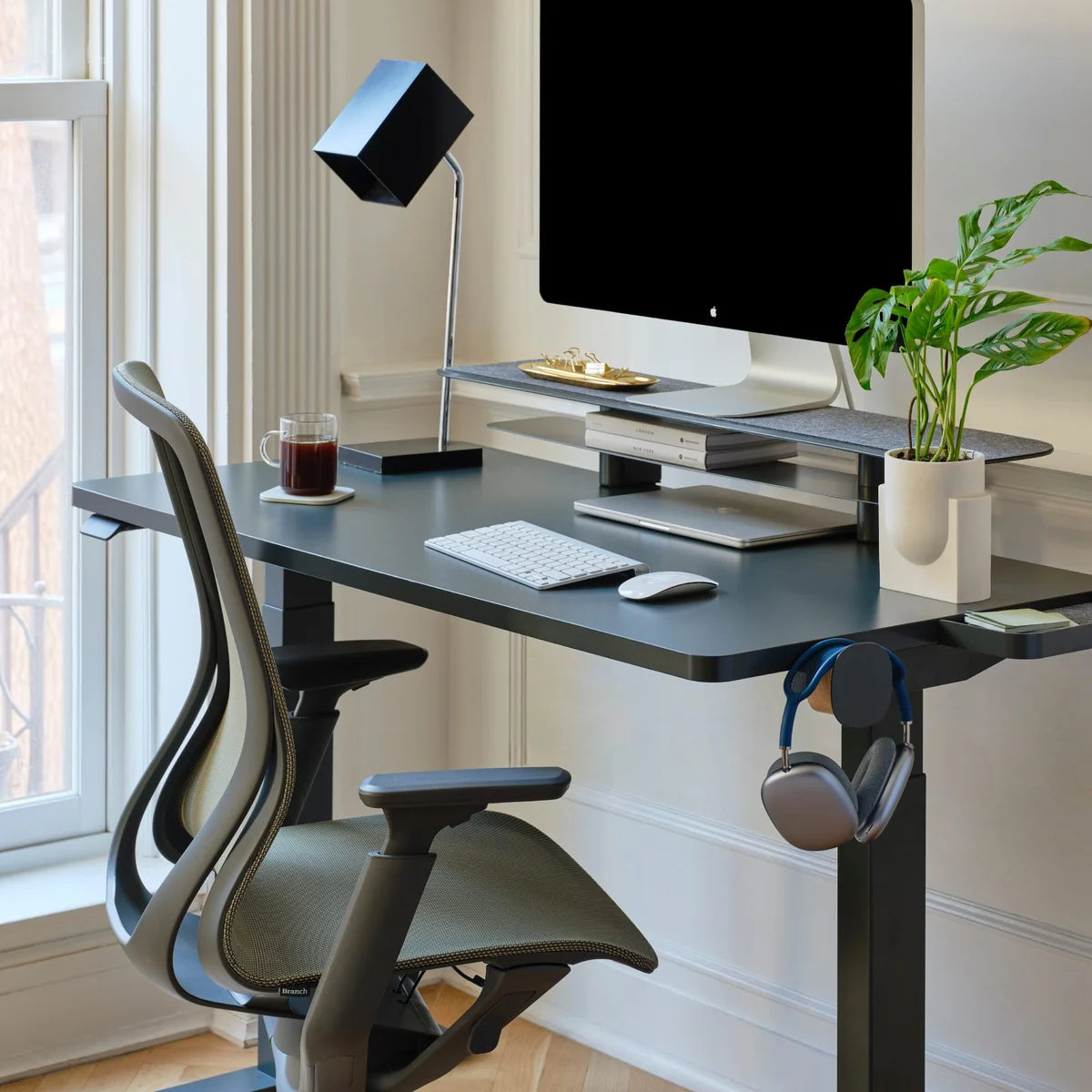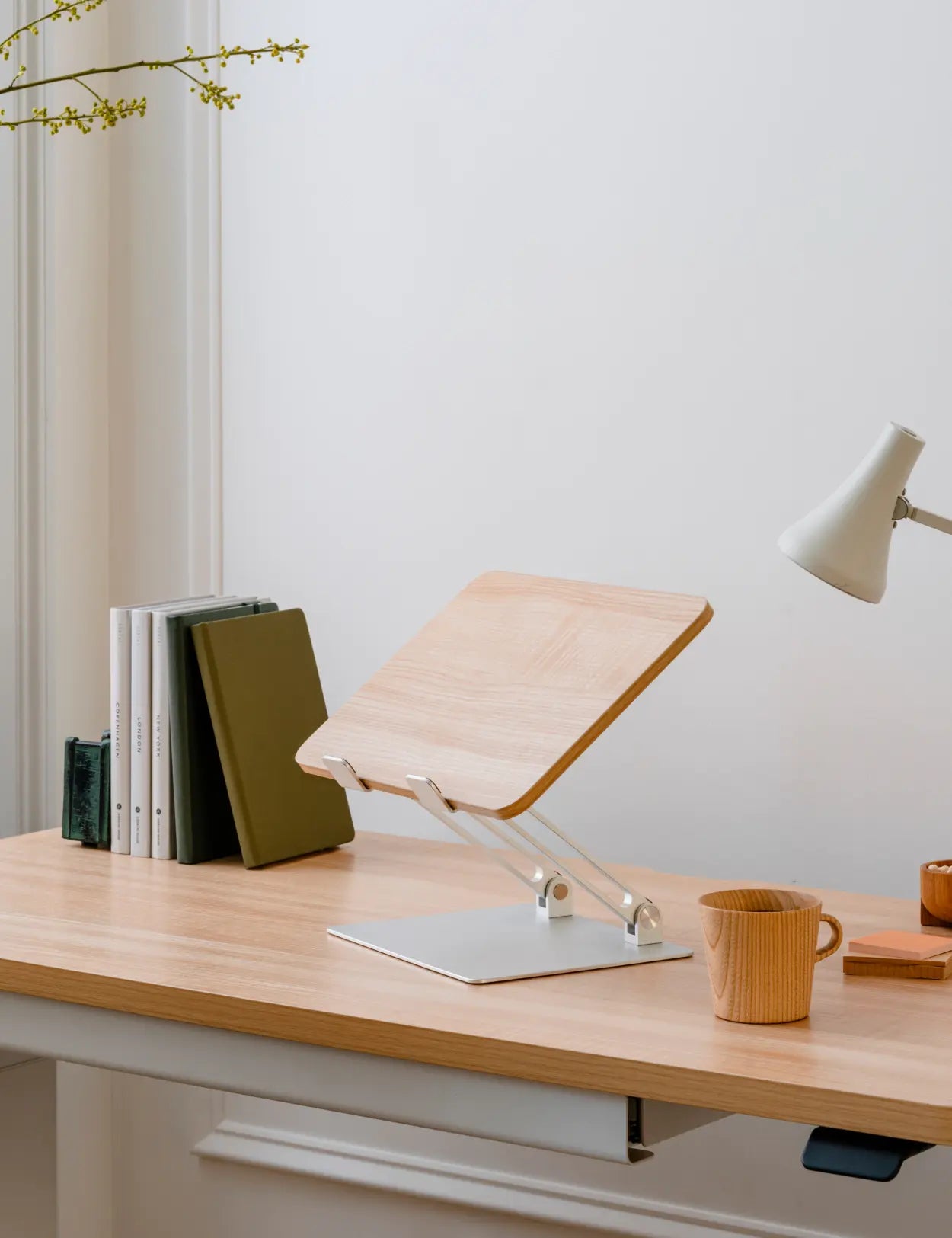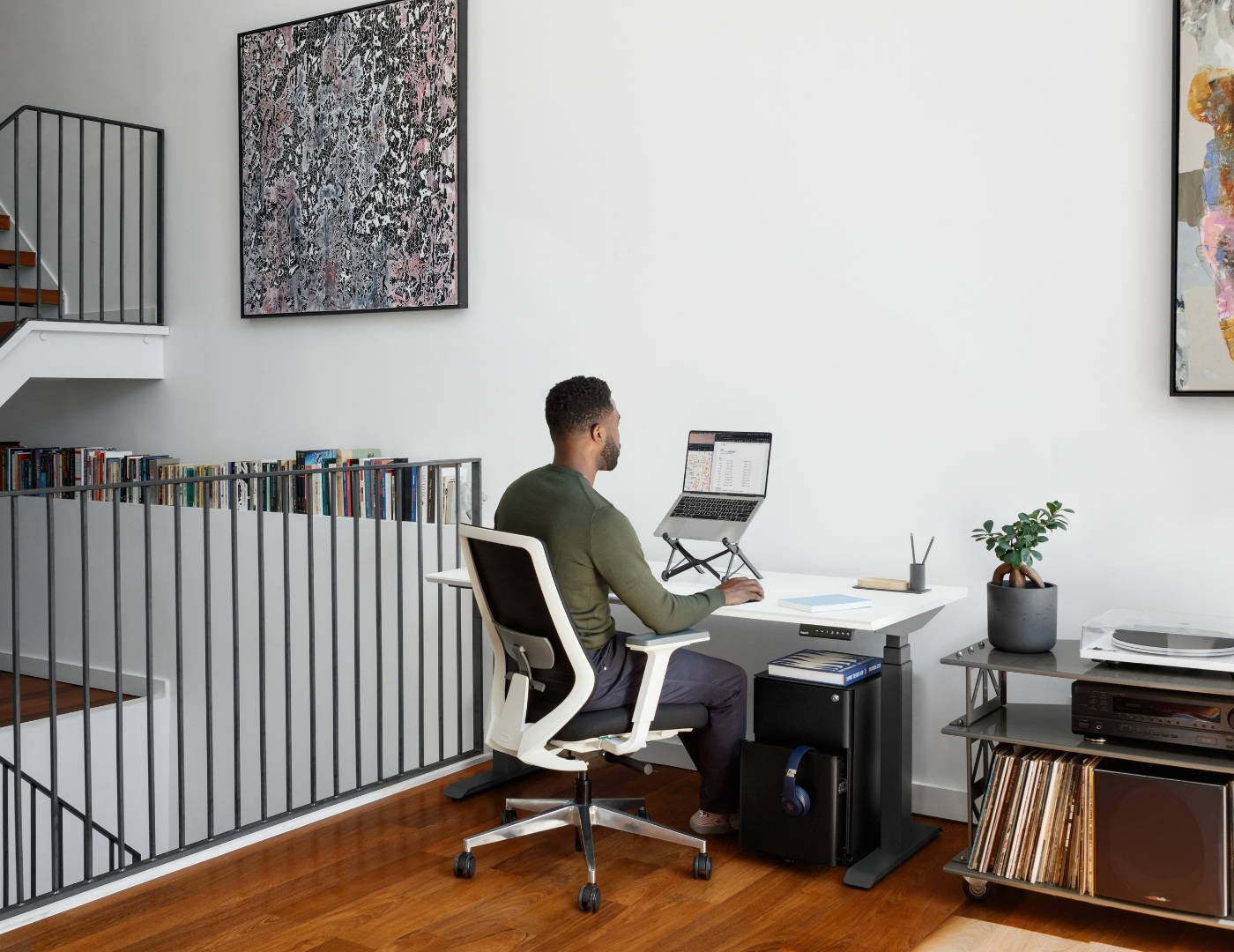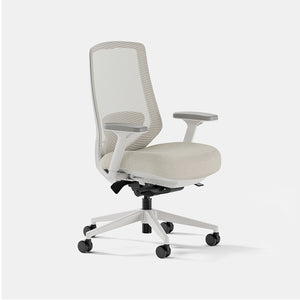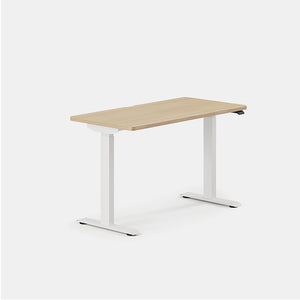Developing a work-from-home schedule has lots of benefits for your health, productivity, and work-life balance. These eight steps will help you get started.
Why You Need a Work-From-Home Schedule
- Boost your productivity
- Help you feel less stressed with more energy
- Free up your time to do the things you love
- Allow you to get more done each workday
- Create positive connections with others
- Improve your self-esteem
8-Step Work-From-Home Routine
1. Get a Day Planner
2. Outline Your Work Hours
3. Don't Forget Your Lunch Break
4. Take Breaks Throughout the Day
5. Develop A Morning Routine
- Create or review your daily to-do list
- Do some self-care (e.g., yoga, exercise, stretch, meditation)
- Drink a cup of coffee while you read the news
- Eat a healthy breakfast to prepare your mind to start work
- Get some fresh air with a walk or run around your neighborhood
- Listen to your favorite playlist or podcast
- Put on professional clothes to help yourself feel ready for work
6. Develop an End of Day Routine
- Change into comfy PJs or lounge clothes
- Do some self-care (e.g., yoga, exercise, stretch, meditation)
- Get some fresh air with a walk or run around your neighborhood
- Plan your to-do list tasks for the next day
- Prep and cook a nice meal
- Talk to a loved one or video call a friend
- Tidy up your workstation and home office area
- Stream an episode of your favorite TV show
7. Schedule Personal Chore Time
- Grocery shopping
- Cleaning and household maintenance
- Doctor appointments
- Caring for pets or children (or plant babies)
- Self-care tasks like haircuts
8. Stick to Your Schedule
You've Got This!
On new furniture, exclusive sales and more.





